| Dimensions | 50 mm |
|---|---|
| Focal Length (mm) | |
| Max Aperture (f) | |
| Min Aperture (f) | |
| Aperture Blades | |
| Elements | |
| Sharp (Near) | |
| Sharp (Far) | |
| Rear Mount | |
| Front Thread | |
| Flange-Focal Distance (mm @ ∞) | |
| RF/L Extension (mm) | |
| Production | |
| Serial Numbers |
Schneider Componon-S 50/2.8 [10146]
Five-element single-coated enlarger lens with concave aperture. First version (1975-1980). No illuminated aperture or preset lever.




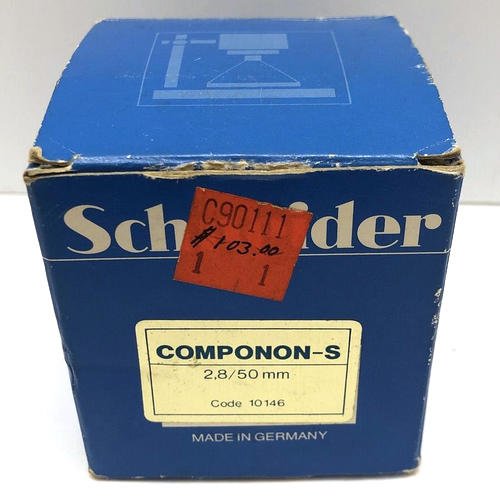
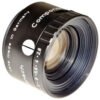

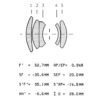




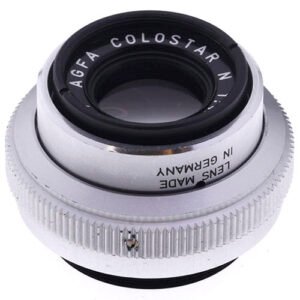
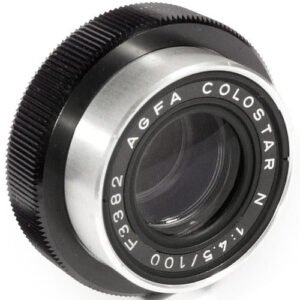
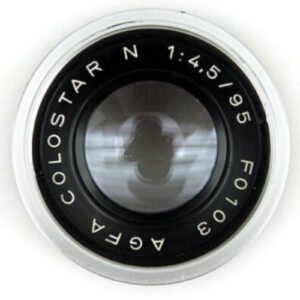

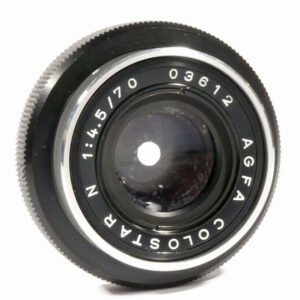
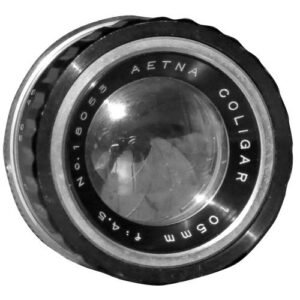

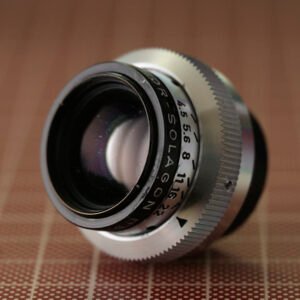
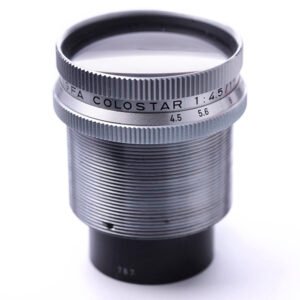


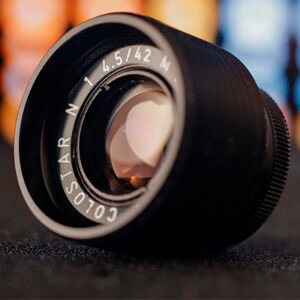
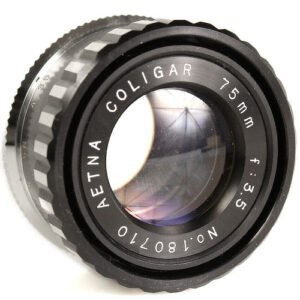

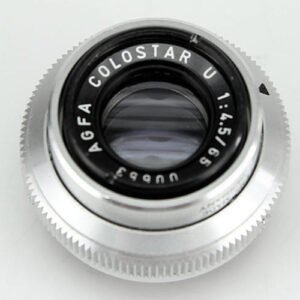

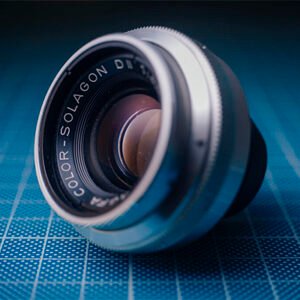
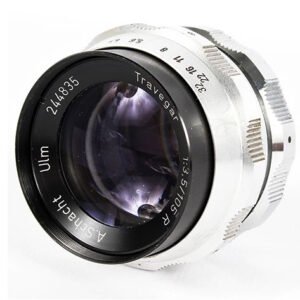
16:9 –
For most Rodenstock lenses there’s a Schneider equivalent. Or, if you’re writing a Rodenstock review, vice versa. In every commercial niche you find ‘standard’ and ‘deluxe’ options. If you want to enlarge medium format negatives you buy a Schneider 80/4 or a Rodenstock 80/4. In Japanese, that’s a Fuji ES 80/5.6 or Nikon EL 80/5.6. Upgraders opt for monstrously more expensive Apo or EX versions. If you’re one of the much larger group of 35mm enlargists, you’ll be shopping for a Schneider Componon-S, Rodagon, Fuji or Nikon 50mm f2.8. Rodenstockers and Fujists have a like-for-like upgrade path, but the short Apo Schneiders are slower and different focal lengths: 45mm and 60mm. Why no Schneider Apo-Componon 50/2.8?
Guesses and theories have been offered. Schneiderites even suggested the common Componon-S 50/2.8 was so good it didn’t need upgrading. Indeed, Ctein’s 1999 survey was happy to place the Componon-S alongside the Apo-Rodagon 50/2.8 and note that the Schneider had the best central contrast of any 50mm tested. Well, much though I love a good story, I’d like to – almost – concur with these apparently unlikely opinions, and explain why.
This review is of a single sample of the first generation, five-element Schneider Componon-S 50/2.8 [10146], which is also applicable to the second version [14849]. The problem with five-element lenses in general is that they tend to be more tightly optimised for short-range reproduction and aren’t quite as well corrected. Take this lens beyond its comfort zone and it records a healthy 87.6% average for f5.6-f8 at far distance, with strong Zone A performance, but not reaching a mark of 8.5 until almost f8. However, brought up close, it leaps to a properly deserved Gold-awarded 90.4% with truly outstanding performance across the frame at its peak of f5.6.
As an enlarger lens, then, the ‘standard’ five-element Componon-S 50/2.8 could hardly be improved on: colour is bang-on neutral; field curvature, geometric distortion and chromatic aberration are all textbook. It’s significantly better at being an enlarger lens than the Rodenstock – 90.4% v 80% – and it’s almost as good as the Apo-Rodagon-N 50/2.8 (90.8%). In fact, if you don’t do anything silly with it, it’s almost perfect: take the Gold and rejoice.
As a taking lens, however, the choice isn’t quite so clear cut. While the Componon-S 50/2.8 is highly recommended for product, food and copy photography – ‘arm’s length applications’ – 50mm is too short to have an image circle with space for movements. At 1:1 and higher ratios, this five-element version isn’t as sharp as the later six-element models. At the working distances used in general photography and film-making, the world-class-ugly bokeh created by the Schneider’s concave-5 aperture dominates over its perfectly respectable sharpness and colour rendition.
In 1980, Photo-ciné Revue magazine tested this lens alongside the Nikon EL, Minolta CE, and thirteen other 50mm enlarger lenses. They rated it slightly below the Nikon and Minolta because of vignetting issues, but found it slightly better corrected, and better resolving, than the Japanese optics.
In conclusion, then, while being an excellent enlarging lens, the Schneider Componon-S [10146] is a surprisingly sharp – and equally unsuitable – taking lens. Later six-element versions, however, are superior – especially at distance – and smooth over the bokeh issues with an upgraded curved-5 Makro-Iris, so it’s hard to recommend this variant over the alternatives.
If you don’t believe the Componon-S 50/2.8 is that much better than the Rodagon 50/2.8, and you’re also not happy with Ctein’s conclusion, but you do (erroneously) subscribe to the maxim ‘you get what you pay for’, consider UK list pricing: the ‘standard’ Componon-S 50/2.8 retailed for £794, compared to the £699 Apo-Rodagon-N 50/2.8 and the £459 Rodagon 50/2.8. Quite how the Rodagon and Componon-S have ended up with the same value in the used market is a mystery, but the expensive-sounding Apo-Rodagon-N regularly fetches triple the price of either – making a used Componon-S a great buy.